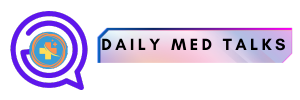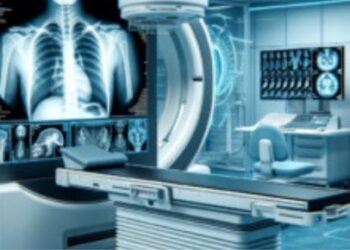
In today’s fast-paced healthcare environment, efficiency is paramount when it comes to providing quality patient care. Lengthy wait times, miscommunication, and disorganization can lead to unsatisfactory experiences and impact outcomes. Streamlining processes and optimizing resources allows medical practices to enhance productivity, reduce costs, and ultimately improve the well-being of those they serve.
Revisiting Check-In Procedures
The first point of contact sets the tone for a patient’s entire visit. Cumbersome check-in methods involving excessive paperwork or redundant questioning can cause bottlenecks and frustration right from the start. Transition to digital check-in systems that allow patients to complete necessary forms and update information beforehand from the comfort of their homes.
Upon arrival, staff can quickly verify details and promptly guide patients through to the next step. This simple shift minimizes wait times and sidesteps a hectic lobby environment.
Embracing Technology
While traditional paper-based systems are familiar, they often lack the flexibility and integration required for peak performance. Implementing user-friendly digital systems can significantly boost efficiency. Electronically storing and sharing patient records, test results, and treatment plans prevents delays caused by locating or transferring physical files.
Technology also facilitates clear communication between providers. For example, using a shared online calendar allows staff to easily book follow-up appointments and quickly reference notes, avoiding potential scheduling conflicts or overlooked crucial details.
Cross-Training for Versatility
Many practices assign specific employees to narrow roles or responsibilities. While specialization is valuable, this rigid structure can backfire if unexpected staffing shortages occur because of illness or other circumstances.
Providing cross-training opportunities means you create a versatile workforce prepared to manage diverse situations that may arise. Team members become knowledgeable about a variety of duties, allowing for seamless transition of priorities and workload distribution as needed to sustain smooth operations.
This versatility empowers your team to proactively identify and resolve inefficiencies instead of becoming overwhelmed or selective in their task management.
Optimizing Prescription Processing
One area ripe for streamlining is managing prescriptions and refill requests. The traditional process of phone calls, faxes, and manual data entry is not only time-consuming but also prone to mistakes that can negatively affect patient safety.
Invest in e-prescribing technology, which allows providers to electronically submit accurate prescriptions to pharmacies with a few simple clicks. Many systems also enable patients to conveniently request refills online, reducing administrative burden.
Additionally, leverage your electronic health records to provide medication therapy management. Built-in checks can identify potential issues like duplicate therapies or medication interactions, preventing adverse events.
The Elimination of Waste
Efficient practices are rooted in the concept of reducing wasteful activities and idle time. Analyze current operations and identify areas where resources may be underutilized or causing unnecessary drain on productivity. This could involve excessive documentation, transporting items between locations, inappropriate inventory levels, or even unnecessary motion within the workplace.
Develop strategies such as keeping commonly used supplies centrally located, reducing redundant data entry through system integration, and empowering staff to identify areas for improvement through continuous process assessment.
Another wasteful bottleneck is deciphering illegible handwriting on documentation, especially when medical acronyms like “CBC” (complete blood count) are involved. Using an online database like the one at MedAbbrev.com can help to enhance clarity and eliminate this inefficiency.
Conclusion
Achieving peak efficiency requires continuous effort and adapting to evolving patient needs, technological advancements, and best practices. Gather insights directly from your team about existing bottlenecks or potential areas for optimization. Encourage an environment where all employees feel empowered to suggest improvements, no matter how minor.
Proactively streamlining operations and aligning practices means medical offices can save valuable time and resources. This allows providers to focus their full attention on delivering quality, personalized care in a relaxed environment that prioritizes both efficiency and compassion.











